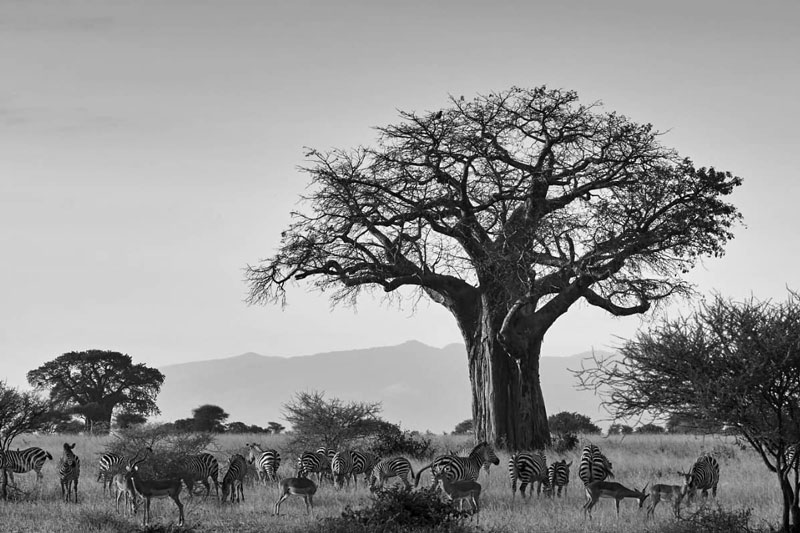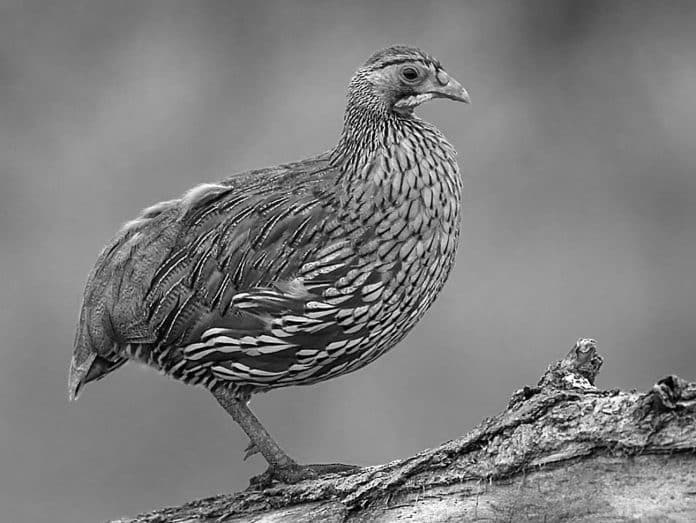The Gray Breasted Francolin: A Majestic Beauty Roaming the Vast Landscapes of Tanzania
Welcome to the mesmerizing world of Tanzania’s wildlife, where the graceful and majestic Gray Breasted Francolin takes center stage. Embark on a journey through the vast landscapes of Tanzania as we unravel the secrets of this stunning bird species. The Gray Breasted Francolin in Tanzania, scientifically known as Francolinus leucoscepus, is a remarkable creature that captivates all who are fortunate enough to witness its beauty in person.
Habitat and Distribution of the Gray Breasted Francolin in Tanzania

The Gray Breasted Francolin calls the breathtaking landscapes of Tanzania its home. This avian wonder thrives in a variety of habitats, including grasslands, savannas, and open woodlands. It can be found in several regions across Tanzania, such as the Serengeti National Park, Ngorongoro Conservation Area, and Tarangire National Park.
Physical Characteristics and Behavior of the Gray Breasted Francolin
With its striking appearance, the Gray Breasted Francolin is a sight to behold. Measuring around 11-13 inches in length, it boasts a beautiful combination of gray, black, and white plumage. Its most distinguishing feature is the gray patch on its breast, which gives it its name. The male and female share similar physical characteristics, making it challenging to differentiate between the two.
Conservation Status and Threats to the Gray Breasted Francolin
Despite its mesmerizing beauty, the Gray Breasted Francolin faces several threats to its existence. Habitat loss due to human activities, such as deforestation and agricultural expansion, poses a significant danger to this species. Additionally, illegal hunting and the capture of these birds for the pet trade further contribute to their decline. Consequently, the International Union for Conservation of Nature (IUCN) has classified the Gray Breasted Francolin as a species of “Least Concern.”
Importance of the Gray Breasted Francolin in the Ecosystem of Tanzania
The Gray Breasted Francolin plays a crucial role in maintaining the delicate balance of Tanzania’s ecosystem. As omnivores, they feed on a variety of seeds, fruits, insects, and small reptiles, helping to control populations and ensure the health of their environment. Additionally, they act as seed dispersers, aiding in the growth and regeneration of plant species across the landscape. Their presence is an integral part of the intricate web of life in Tanzania.
Tips for Spotting and Photographing the Gray Breasted Francolin
If you’re an avid bird enthusiast or simply captivated by the allure of the Gray Breasted Francolin, here are some tips to enhance your chances of spotting and photographing this majestic beauty. Firstly, make sure to visit the appropriate habitats where they are known to reside. Early morning and late afternoon are the best times to spot them, as they are most active during these periods. Patience is key, as the Gray Breasted Francolin can be elusive. Stay alert, listen for their distinct calls, and keep a keen eye on the ground for any movement. Finally, equip yourself with a good pair of binoculars and a high-quality camera to capture their beauty in all its splendor.
Interesting Facts and Trivia about the Gray Breasted Francolin
Did you know that the Gray Breasted Francolin is known for its unique vocalizations? They produce a variety of calls, ranging from melodious whistles to loud cackles. These vocalizations serve multiple purposes, such as attracting mates and establishing territories. Another fascinating fact is that these birds are monogamous, forming long-lasting pair bonds. They are highly territorial and will defend their nesting grounds fiercely. These intriguing characteristics make the Gray Breasted Francolin a captivating species to observe and study.
Efforts and Initiatives for the Conservation of the Gray Breasted Francolin in Tanzania
Recognizing the importance of preserving the Gray Breasted Francolin, Tanzania has taken significant steps towards its conservation. The government, in collaboration with various organizations and local communities, has implemented measures to protect the bird’s natural habitat, enforce anti-poaching regulations, and raise awareness about the species’ plight. Community-based conservation initiatives have also been established to involve local communities in the protection and sustainable use of natural resources. These efforts are crucial in ensuring the long-term survival of this majestic bird.
Wildlife Tourism and the Gray Breasted Francolin: Opportunities for Eco-Tourism in Tanzania
Tanzania’s abundant wildlife, including the Gray Breasted Francolin, presents a unique opportunity for eco-tourism. Wildlife enthusiasts and nature lovers from around the world can embark on safaris and guided tours, exploring the natural wonders of Tanzania while contributing to its conservation. Responsible tourism practices, such as supporting eco-lodges and local communities, not only help protect the Gray Breasted Francolin but also ensure the well-being of other species and the preservation of Tanzania’s rich biodiversity.
Conclusion: The Majestic Beauty and Conservation of the Gray Breasted Francolin in Tanzania
As we conclude our exploration of the Gray Breasted Francolin in Tanzania, we are left in awe of its majestic beauty and its vital role in the ecosystem. The preservation of this remarkable bird is not only crucial for its own survival but also for the overall health and balance of Tanzania’s natural environment. By raising awareness, supporting conservation efforts, and embracing responsible tourism, we can all contribute to the protection and conservation of the Gray Breasted Francolin and ensure that future generations can witness the splendor of this magnificent species.
For more articles related to Wildlife in Tanzania (Animals), click here!

































